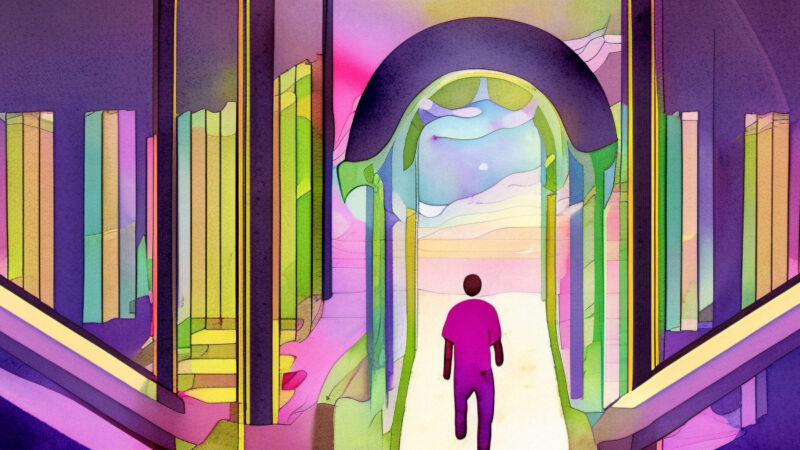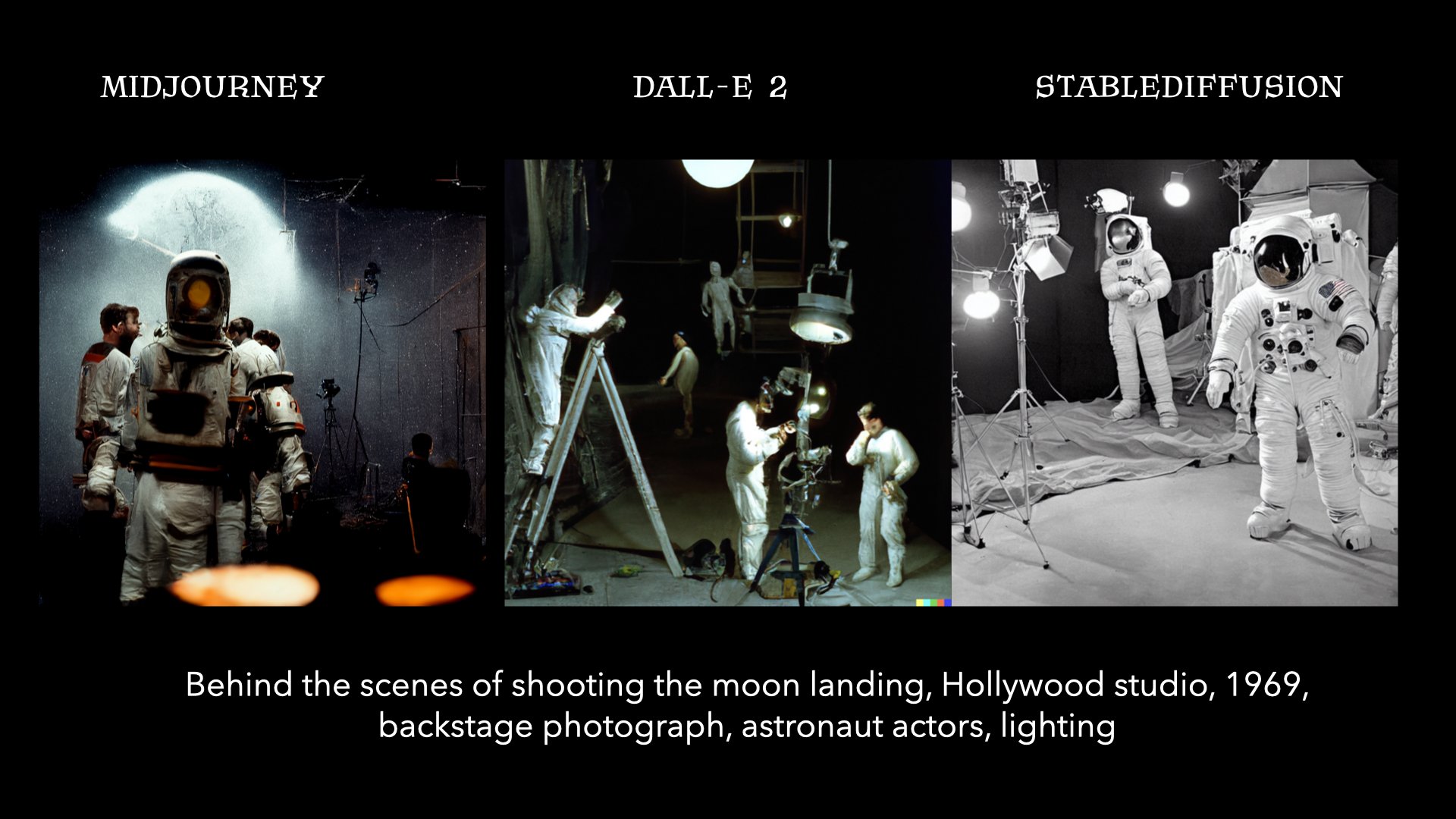Stable Diffusion has announced Stable Diffusion 3, the latest iteration of its image-generating AI model, aiming to stay competitive with recent releases from OpenAI and Google. While specific details are limited, SD3 is built on a new architecture and is designed to be compatible with various hardware setups, although powerful GPUs and machine learning setups are still recommended.
SD3 leverages an updated “diffusion transformer” technique, refined since its inception in 2022 and now reaching scalability. It also incorporates “flow matching,” another novel technique to enhance quality without significantly increasing computational overhead. The model suite ranges from 800 million to 8 billion parameters, offering flexibility for different hardware configurations.
Notably, SD3 aims to support multimodal understanding and video input and generation, features emphasized by its competitors. While these capabilities are currently theoretical, there are no technical barriers to their inclusion in future releases.
While it’s challenging to compare these models directly due to limited information and competing claims, Stable Diffusion holds an advantage in being widely recognized as a go-to model for image generation tasks. However, it’s worth noting that SD3’s potential applications, including the creation of AI-generated adult content, raise ethical considerations and require robust safety mechanisms.



















